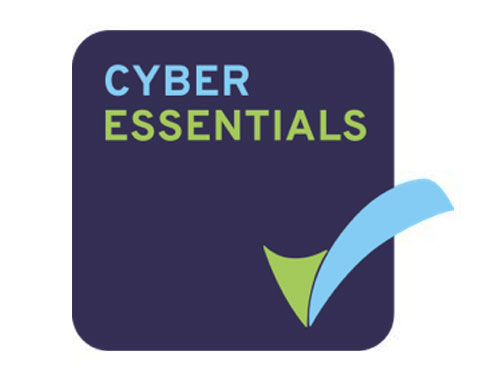
Any cloud computing whizz will know the importance of picking the right deployment model for the job ahead, with public, private and hybrid usually being the obvious choice. However, what some professionals soon realize is that their project would be much better off if they could mix cloud service providers to adequately tick all the boxes they need. For example, some platforms may be much better at handling big data, while others could have second-to-none integrated machine learning capabilities, so having the option to deploy both of them together would be massively beneficial.
Ultimately, every customer’s needs are different, and having a plan in place that is able to deal with those different nuances is cloud nirvana. Thankfully, with a multi-cloud strategy, that dream can be a reality!
But what exactly does it mean to have a multi-cloud strategy in place? Here, we explain exactly what it is, why you might want to adopt a multi-cloud environment, and what benefits you can expect as a result.
What is multi-cloud?
The cloud has been buzzing with new innovations in recent years, and rather than using one platform and missing out on the benefits the others can bring, it’s possible to combine the best parts of one or more cloud computing services from any number of providers in a multi-cloud approach. The cloud strategies you can use range from all private, to all public, or a mix of both, depending on the features you want to deploy and the services you want to offer.
Say you’re wanting to create an app that encompasses all the needs of your customer base and are currently considering public cloud options to support some of these specific features. In time, your customers are demanding innovations that are only available through another vendor’s app. Instead of panicking that you’re locked into one vendor, you can look at integrating those desirable features in with your existing ones. While it’s certainly worth it for a number of reasons we describe below, you’ll need to remember that not only will you need to purchase the vendor’s app, but also host your app in the vendor’s own public cloud to allow for mutual scalability.
What’s the difference between hybrid and multi-cloud?
So, you’ve already learnt that multi-cloud architecture involves bringing the best parts of two cloud service providers together to create the ultimate piece of innovative tech for your customers. But if multi-cloud is essentially the joining of two cloud computing services, is that not the same as a hybrid cloud approach?
Despite people (incorrectly) using the terms hybrid and multi-cloud interchangeably, and them both requiring a collaboration from vendors, there is one main difference. Hybrid clouds always involve a private cloud and are typically dealt with as one entity. On the other hand, multi-clouds always include more than one public cloud service, and don’t necessarily have to incorporate a private cloud at all. On the occasion that they do, they would then be both a hybrid and multi-cloud.
What are the benefits of multi-cloud?
Combining the best of two different cloud service providers can open up endless opportunities and flexibility for your IT strategy. Still not sold on a multi-cloud approach? Take a look at the benefits that implementing this kind of strategy to your projects can bring…
More tailored approach
When you incorporate a multi-cloud architecture into your IT strategy, you will be aligning your business requirements with the best service providers for the job, therefore making it much more tailored for your customer’s needs. The added benefit of this is that instead of trying to alter your processes to meet a provider’s requirements, you’re free to access multiple options that best match each part of your business and its needs.
Drives innovation
When you automate the multi-cloud management process, you’ll benefit from much more effective workload coordination and hybrid workflows, as well as being able to integrate DevOps processes to further drive your organization’s digital infrastructure forward. This automation ensures efficient organization and orchestration of data across the cloud environments you’re using, expanding deployment capabilities and giving you a greater pool of innovative features to benefit from.
Avoid lock-ins with one vendor
When your applications are built into just one cloud vendor, you run the risk of being locked in with them, so if you’re ever looking to change, it’ll be much harder to do as you’re tied to that one provider. Despite that particular vendor being suitable for you at the time, if you find you need to scale up or down, it might not be as convenient as it could be. Plus, you could miss out on some greater deals that come along in the future.
By opting for a multi-cloud approach from the start, Developers can work to create apps that function across a variety of platforms. This means that you’ll always have the flexibility to take advantage of the best prices or capabilities from differing vendors, without compromising on what you can offer your customers!
Enhanced risk management
There’s nothing worse than your key bits of technology failing when you need them the most, so it’s always important to have a risk management strategy in place. By opting for multi-cloud architecture, you add an extra layer of protection to your business. If one of the vendors you use has an infrastructure breakdown or is victim to a cyber-attack, you can quickly switch to your other provider or back everything up to a private cloud to secure your applications and important data.
Achieve complete agility
Many traditional companies are limited in their abilities to handle multi-cloud operations on their own, so many seek out to find a provider they can trust to take over these processes. By bringing in a party that is experienced in this area, you will be able to unlock complete agility and workload mobility.
Better resilience
Each cloud provider you use is responsible for their own data protection, which means you can rely on your own confidential information to be well protected without having to do anything your side. However, making sure your vendors are regularly assessing your network security will be key, especially as your infrastructure and software changes over time.
High-speed, low-latency infrastructure
When your business extends its networks to multiple providers, you can benefit from a much faster, low-latency infrastructure. Not only does this improve your application response times, but it’ll also create a greater user experience for your customers. This highly optimized connection can only happen when there are private links between two cloud service providers.
Getting started on your multi-cloud strategy
If you’re leaning towards the idea of a hybrid of on-premise and cloud, a hybrid approach may well be the best choice for you. With benefits including better security, resilience and increased efficiency, it’s certainly worth thinking about implementing multi-cloud architecture into your IT strategy.
But, before you can do this, knowing what to look for and consider will help in sealing the best deal and opportunities for your company. So, if you’re thinking of implementing a multi-cloud approach, there are some things you should consider beforehand.
Research vendors
It’s important that the values of any vendor you pick align with your organization, including how their vision for their product matches up to your cloud strategy, to prevent having to change vendors further down the line.
As well as ensuring the things that you prioritize are high up on the agenda for the vendor you choose, you’ll also have a couple of other things to consider. This includes financial background information like their market share, the company’s financial capabilities, and their partner ecosystem, all of which can give you a greater insight into how trustworthy and reliable the vendor is.
Make a plan against potential lock-ins
Getting locked in with one specific vendor is never ideal for anybody, and can often mean that if you do manage to find a way out of it, you’ll face substantial exit costs. Before you get carried away signing on the dotted line, it’s worth making sure you understand the implications of signing up to that specific vendor, and also being prepared to discuss entry and exit strategies upfront.
One of the most important things to include in your negotiation is for the vendor to agree to helping you with a deconversion if you want to migrate to another provider further down the line. As well as making your switch run much smoother, it will also contractually prevent the older vendor from becoming uncooperative when you do want to leave.
It’s always best to have a backup on your company’s side, so that if anything does fail, your data and applications are same. You can do this in a number of ways, including designing portable applications that can easily be decoupled from the infrastructure or platform of a vendor. Similarly, you should look at keeping on-premise options open so you’re able to retain some of the control and can handle things in your own data center in case of any issues.
Research how they handle backup fail-overs
You need a vendor you can truly trust with your important processes, data, and applications, so it’s imperative that you find out how they handle backup fail-overs and disasters. Finding out what their business contingency plan consists of, and being comfortable with the processes they have in place to stop a massive data loss happening, is an imperative part of your decision-making process.
Although the procedures in place will differ depending on what the vendors have chosen, at the very least, a dual backup strategy, such as a backup-to-disk or backup-to-tape, will keep your data available even if there is a fail-over.
Look at the support each vendor offers
If your staff aren’t used to a multi-cloud environment, you should prioritize picking a vendor that offers support to help you navigate the change. For example, you need to know upfront what aspects of your operations the vendor can handle and which will need to be passed over to another vendor with this specialism.
When you’re passing over parts of your important processes, it’s crucial that you are confident in how vendors will work with these. By getting clarity on everything from the get-go, you will feel much more supported and confident with your choice.
More Microsoft technology professionals than anyone else.
Browse pre-qualified candidates now and find the talent you need to transform your business.



